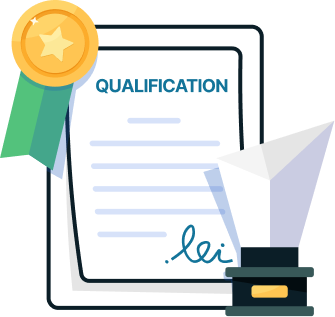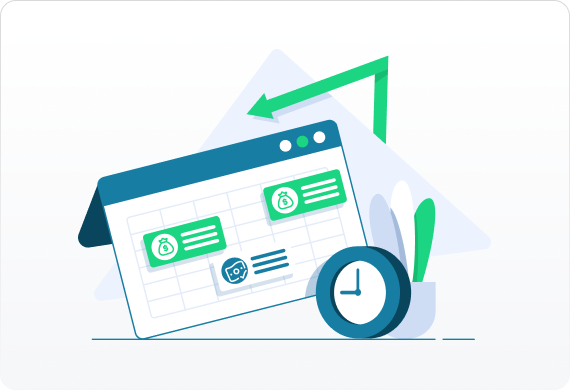Alternative lenders lend from a pool of private or equity capital, and are not brick and mortar banks. They take more risks in order to give their investors higher returns, and can do so because of the rates they charge and years of experience.
Alternative lenders often offer products geared to those with bad credit, but if your credit is good their rates can be competitive with a bank. Their quick turnaround times and easy approval processes make them a good choice if you want to jump on a limited time opportunity.
An underwriter can approve a large business loan in just 24 hours. The loan’s funds could be in your bank account or usable within 24-48 hours, again depending on how much capital you need. And it will take you much less time to apply.
Underwriters at alternative lenders decide to lend based on your business’ annual revenues and how long you have been in business, which can be as little as two months. Business owners with credit scores above 500 and whose businesses generate $8,000 of monthly revenues meet their minimum requirements for a bad credit business loan.
Alternative lenders fund loans for anywhere between $5,000 to $1 million, and unless you are borrowing near that upper limit they are unlikely to request tax returns or bank statements.
Alternative lenders charge higher interest rates than a bank to cover their risk. The interest rate on a large business loan from an alternative lender will range from 12% to 45% depending on the length of the loan. Some banks have rates that start at 13% so it would be a mistake to assume that you will pay more to access capital with an alternative lender.
If you have a higher credit score, the interest rate you pay could be comparable or less than that offered by a traditional lender, with the added convenience of getting access to that business loan faster. Plus, alternative lenders offer easy repayment terms to align with your business’ cash flow.
While a traditional lender might insist on a flat-fee, monthly payment, an alternative lender will agree to monthly, bi-weekly, weekly, or even daily payments. By paying through automatic bank withdrawals you can set up your payments and walk away, rather than worrying about missing a payment or hurting your credit score.







